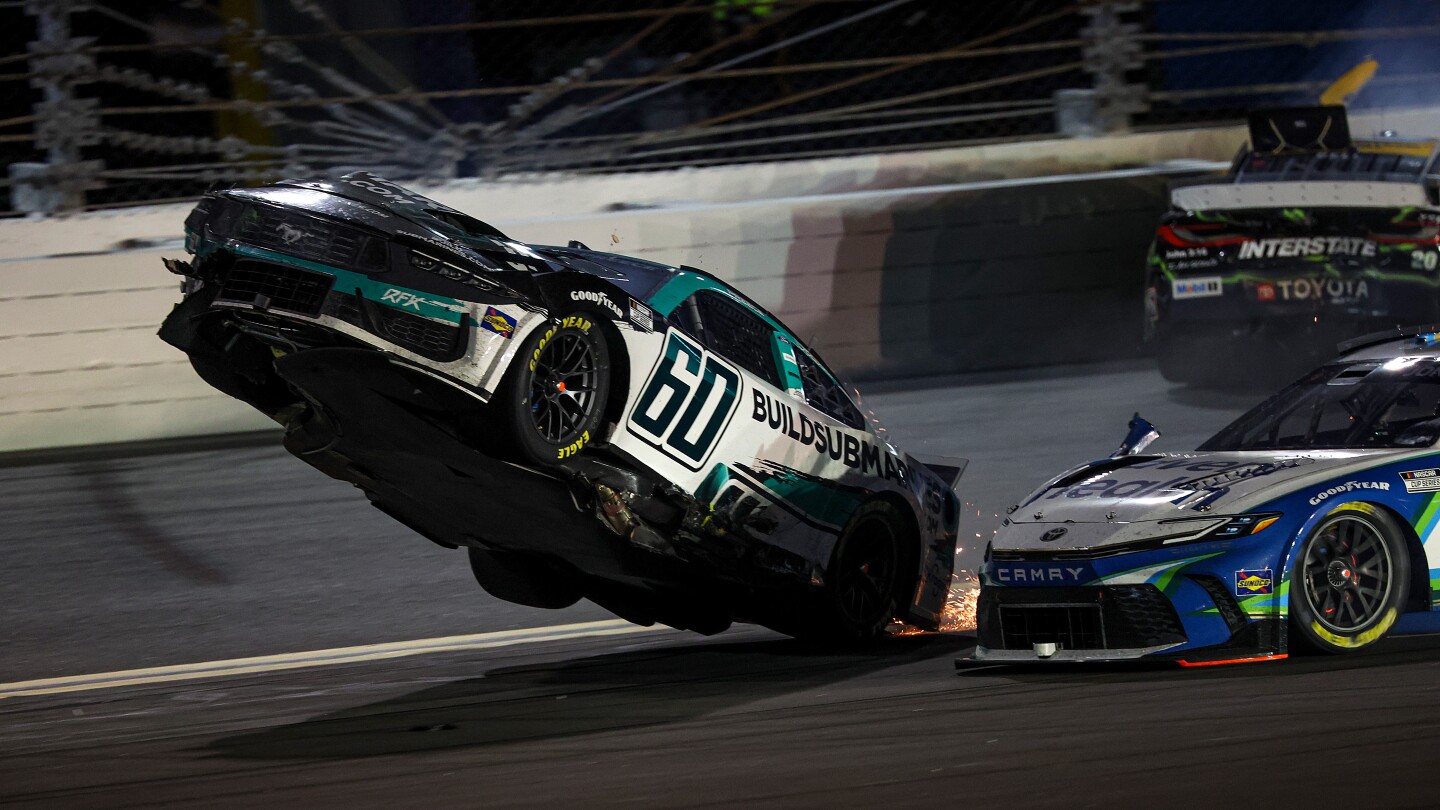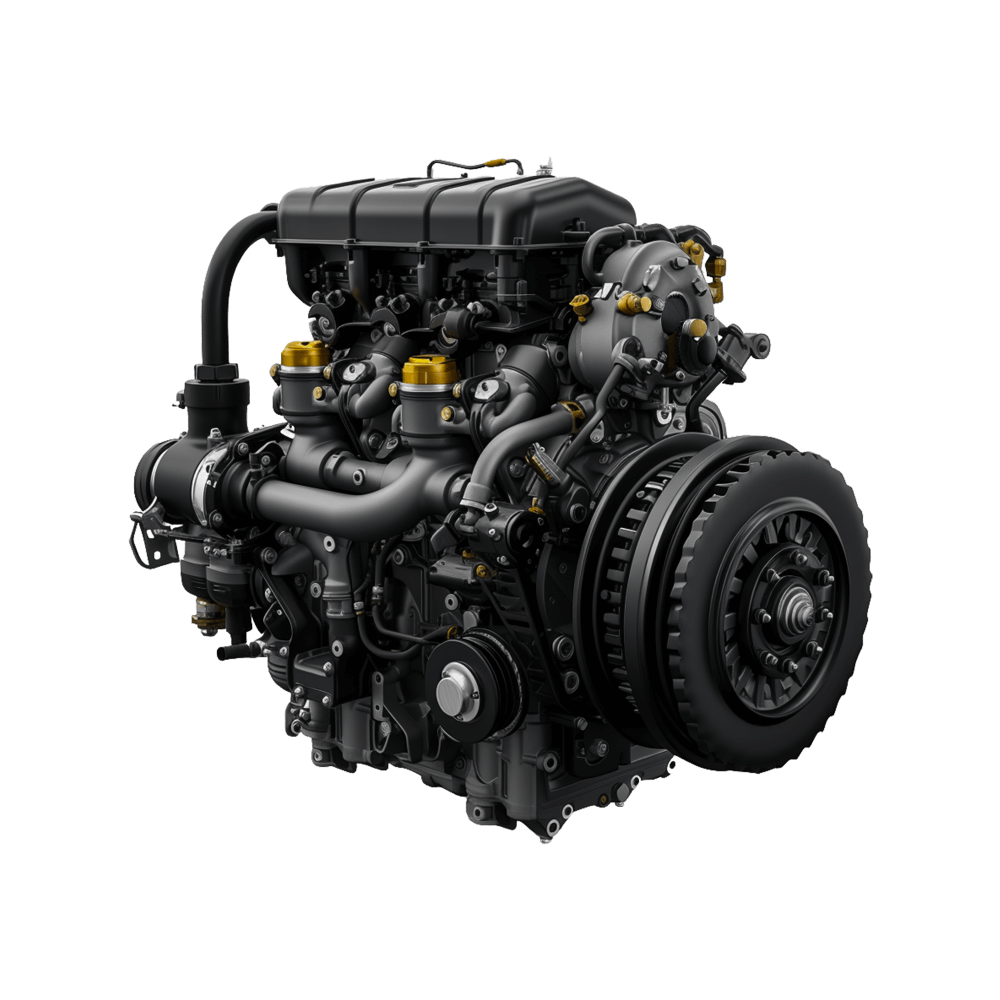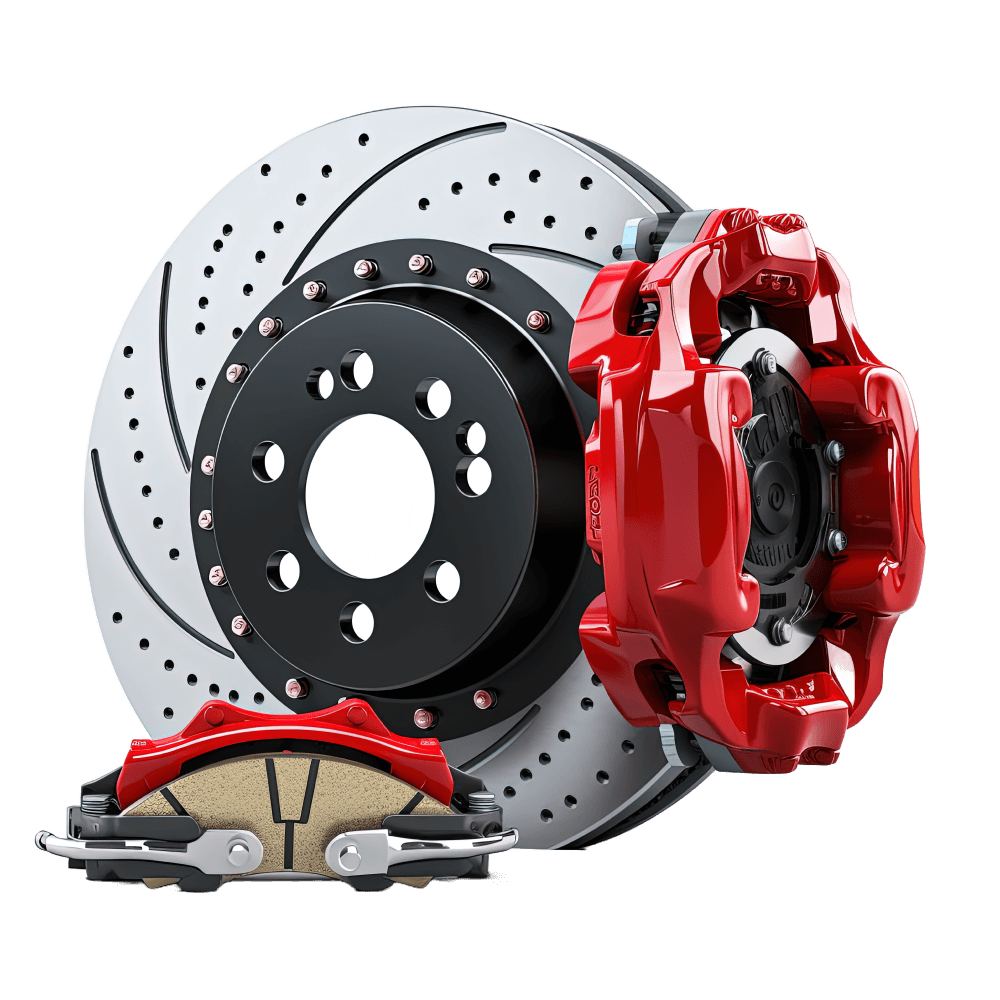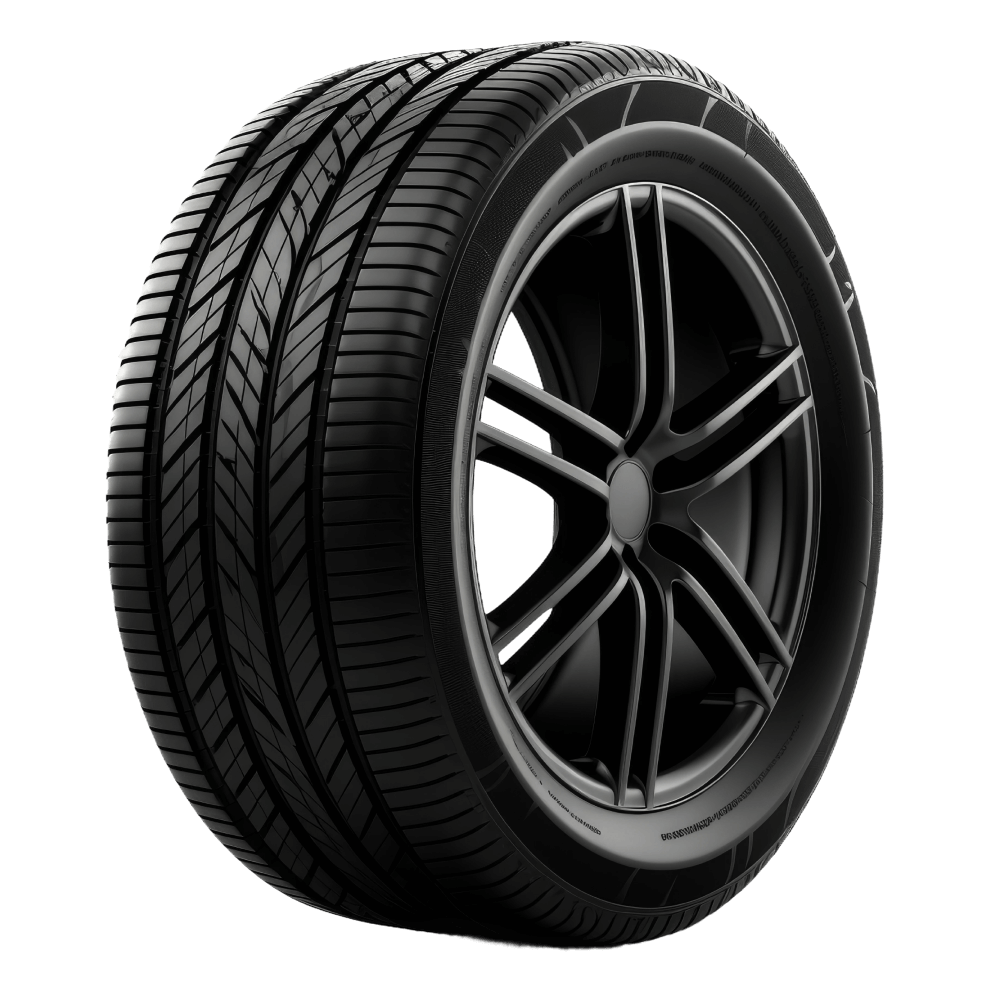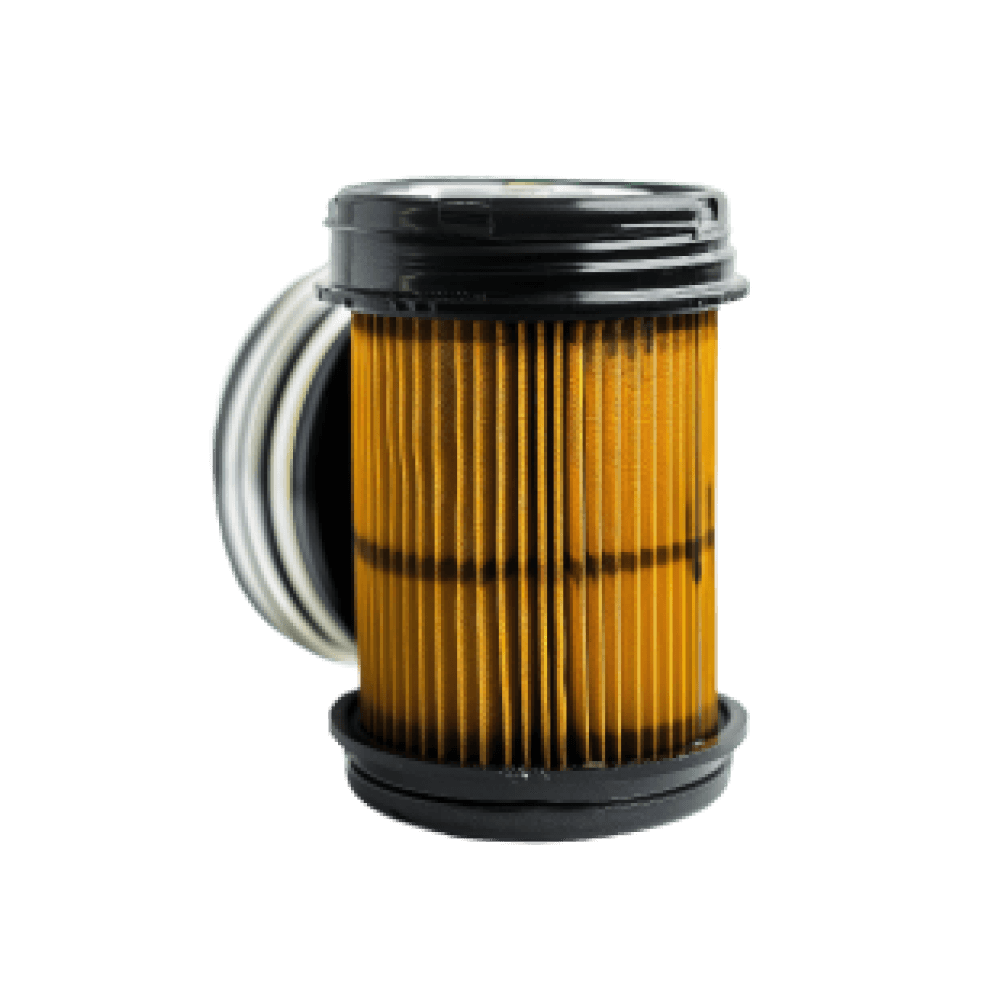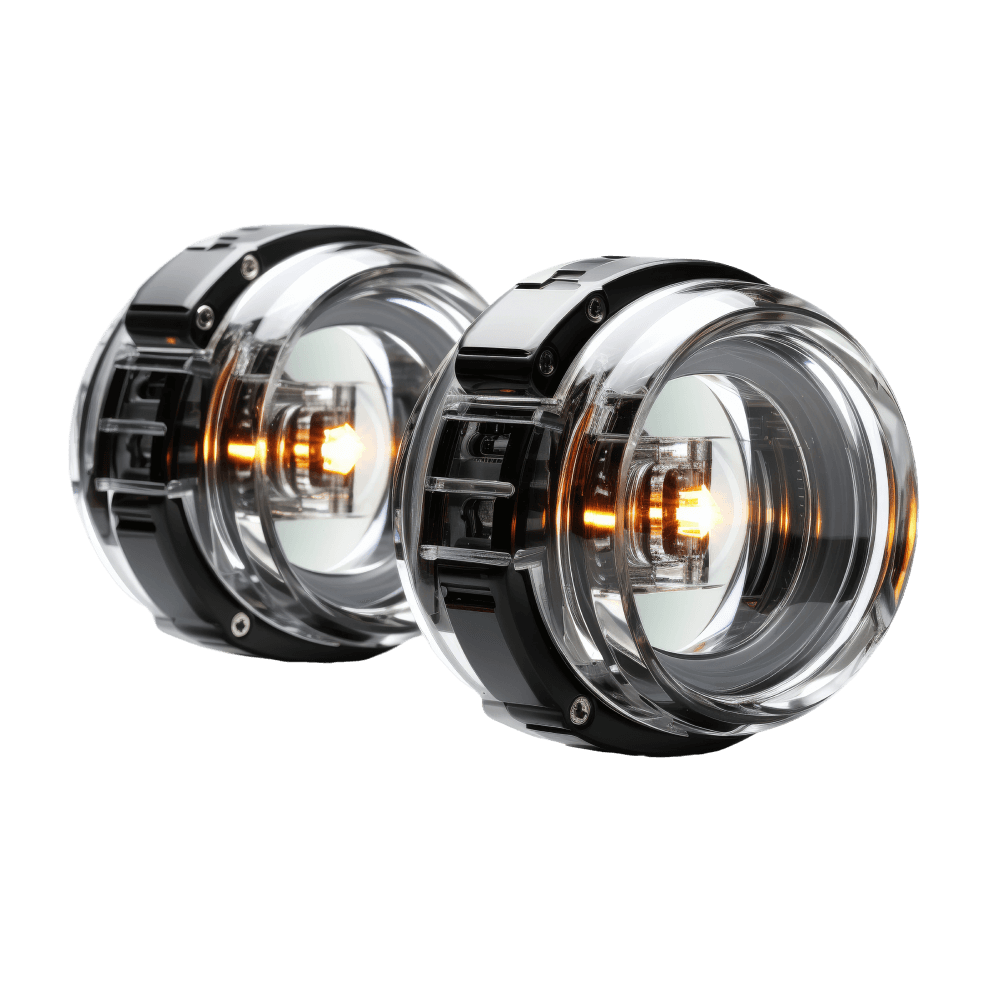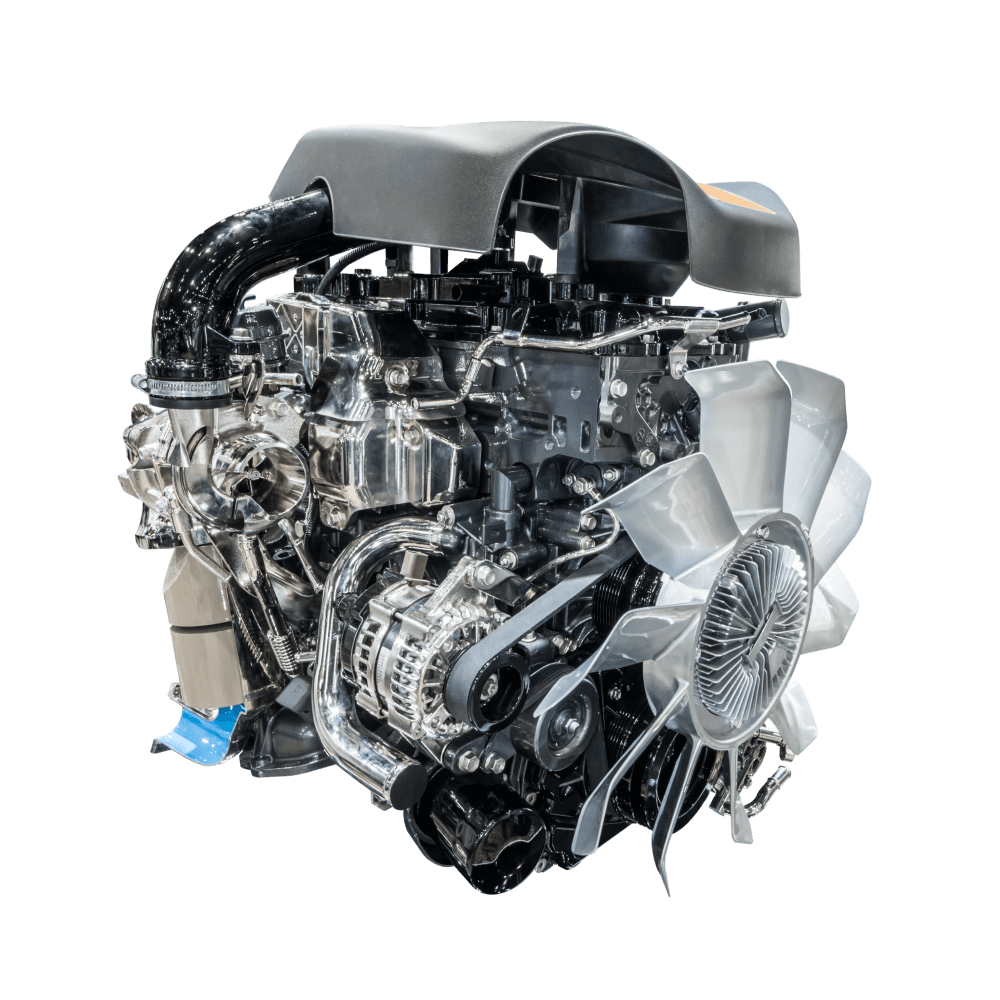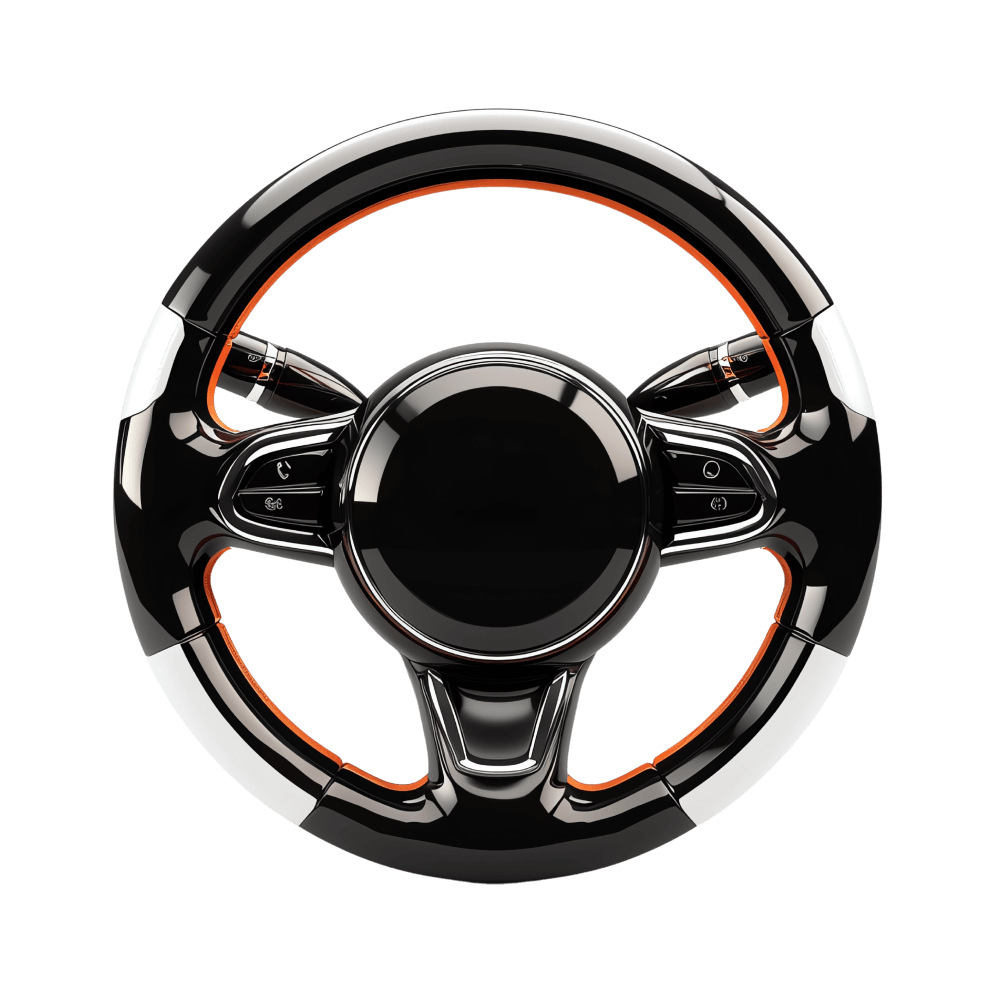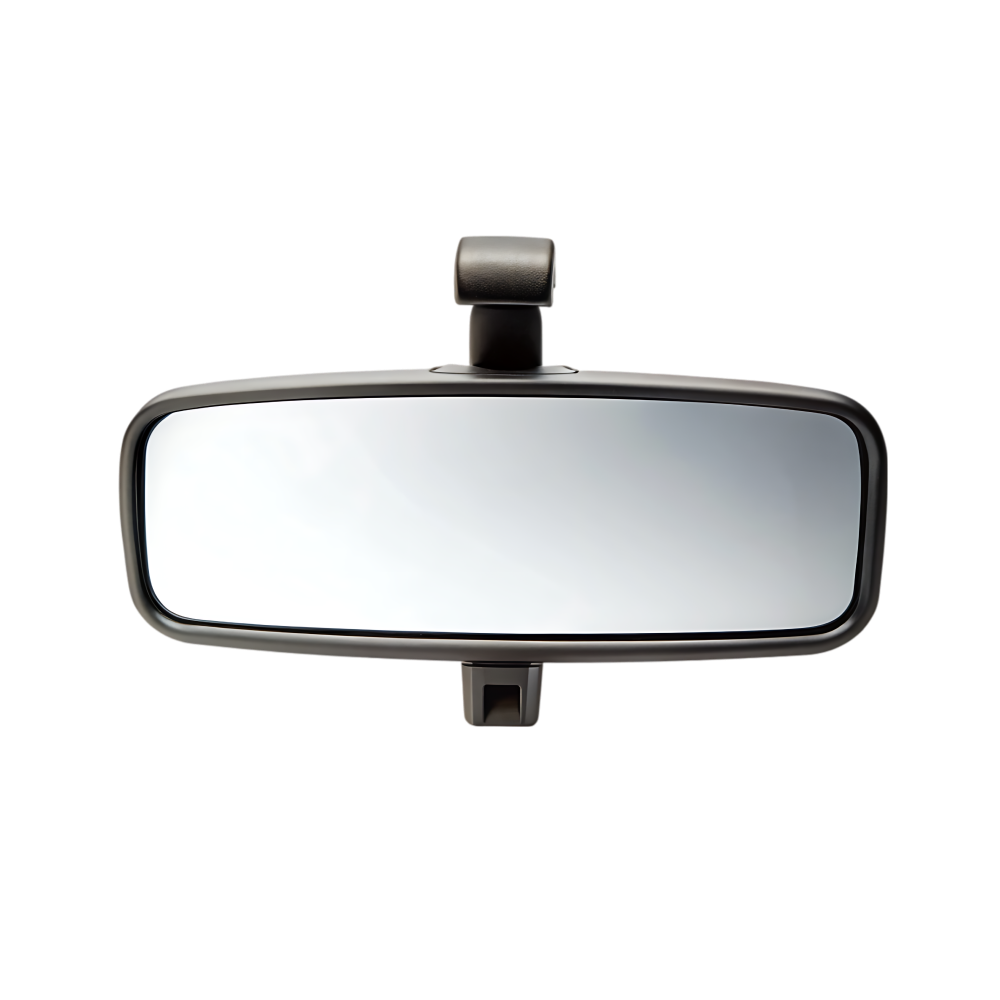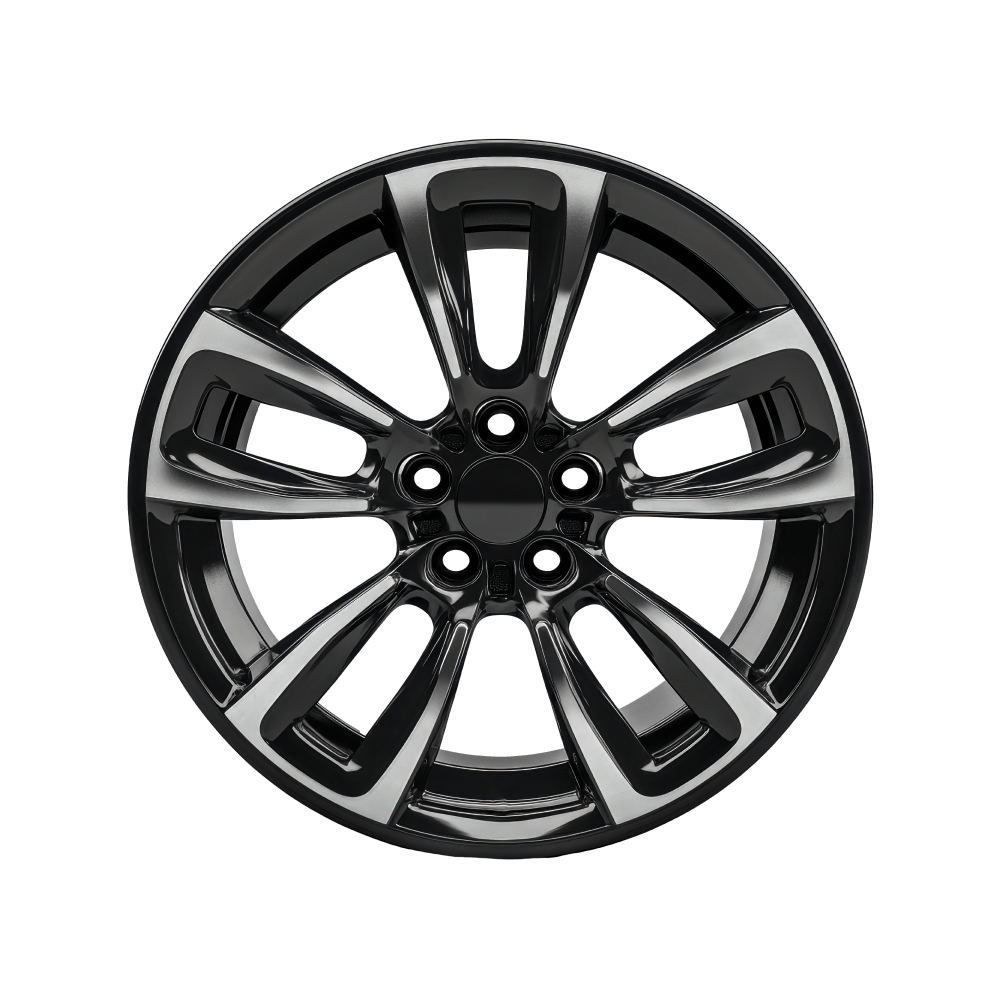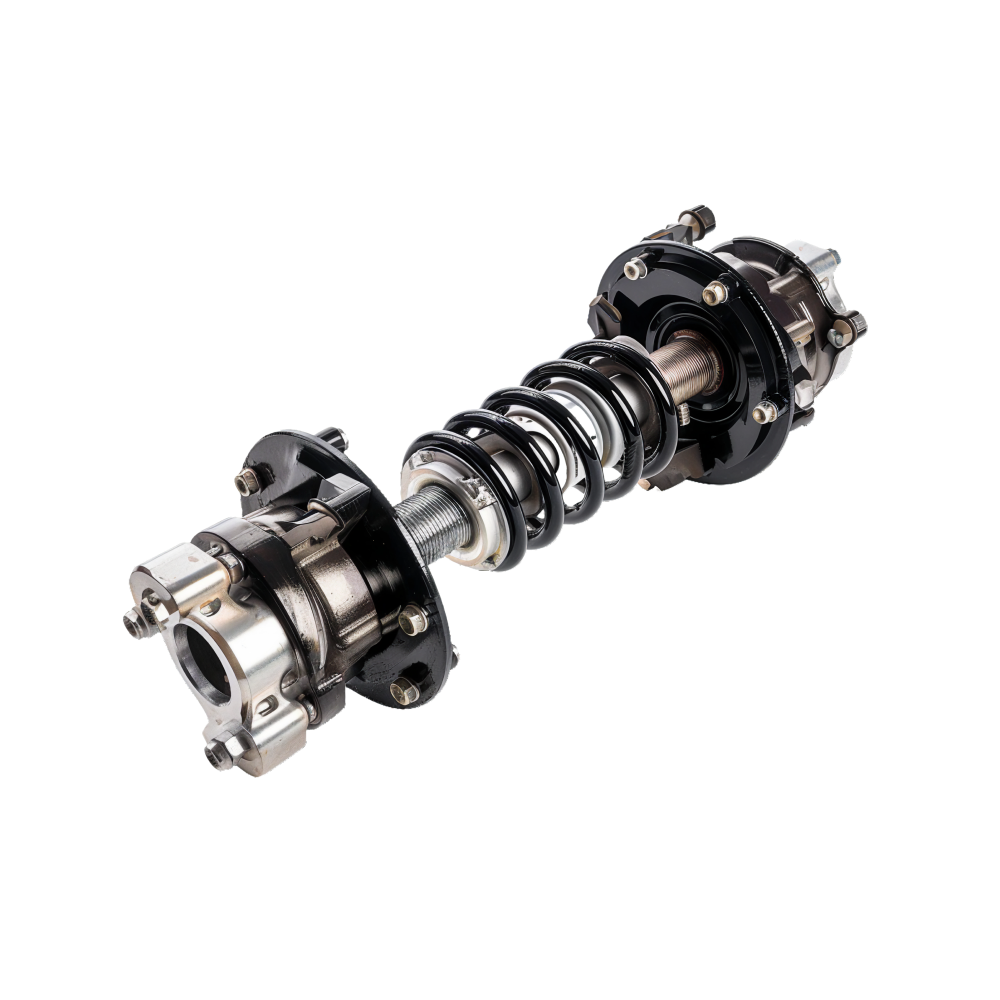Daytona is known for history, prestige, and close pack racing. It’s also known for heart-stopping accidents that often cause race cars to leave the ground.
Ryan Newman’s horrific 2020 crash stands out as one of the scariest recent wrecks, but take a look at Chase Briscoe in 2022, Ryan Preece in 2023, Michael McDowell in 2024, Ryan Blaney in 2024, and Ryan Preece in 2025.
And that’s just Daytona. Rollover crashes are common at Talladega as well. But it’s not just superspeedways. Any high-speed track offers conditions conducive to cars taking flight. Corey LaJoie went airborne at Michigan in 2024.
A new NASCAR aerodynamic development may keep all the cars in this weekend’s race at Daytona firmly on the ground.
Pretty much the same way a 155,500-pound fully-loaded 737 plane takes to the air. The faster air moves, the less force it creates on a surface. Air going over the top of a wing moves faster than air going under the wing. That means more force pushes up than pushes down.
Whenever there is more force in one direction that any other, any object will move in the direction of the larger force. Think of it as an inverse tug-of-war: whichever side pulls harder wins. In the case of aerodynamics, the forces are pushes instead of pulls.
That depends on how you look at them. The only element necessary for lift-off is a shape that forces air to flow faster over it than under it. Stock cars utilize aerodynamics to go fast: when they’re pointed in the same direction as they’re moving, they act like an upside-down wing.
The problems begin when a car starts to yaw. A car is yawed when the direction the car is heading isn’t the same as the direction it’s pointing, as I show in the video below of LaJoie’s accident at Michigan in 2024. I’m using this video as an example because the car is relatively isolated, and that gives us a chance to see the details of how it take flight.
Corey LaJoie’s car gets airborne at Michigan International Speedway in 2024
The lift-off begins when the car is yawed about 90 degrees: The nose of the car is perpendicular to direct it’s moving. Once that happens, air starts to get under the car, but it doesn’t have an easy way out. At the same time, air continues to move quickly over the top of the car.
That makes the car behave like an airplane wing.
It doesn’t.
Eric Jacuzzi is NASCAR’s vice president for vehicle performance, and a Ph.D. aerodynamicist. They run comparison tests in wind tunnels between the current Cup Series car and the previous version (Gen-6).
“The liftoff speed is substantially higher with the Next Gen car,” Jacuzzi said. Lift-off speed is the lowest speed at which the car could take to the air. So the Next Gen car is actually more resistant to flying than the Gen-6 car was.
The Next Gen car is more robust than its predecessors. Contact in the Gen-6 car almost always meant body damage and a possible wheel rub. That’s not the case for the current car, which allows drivers to be more aggressive, especially on restarts and when blocking.
The close proximity of cars during pack racing offers more opportunities for contact. Once one corner of a car gets even a little off the ground, the probability of it continuing into the air increases rapidly.
After Rusty Wallace had scary flips in the 1993 Daytona 500 and at Talladega the same year, NASCAR mandated roof flaps. You’ll see a roof flap rise in the LaJoie video as soon as the car starts to turn.
The key to keeping cars on the ground is slowing down the air that goes over the car. A smooth surface allows air to travel quickly — and the roof is one of the smoothest places on the car.
Roof flaps deploy when the air pressure under the flaps becomes greater than the air pressure over the roof flaps. That means the force pushing the car up is larger than the force pushing the car down. The roof flaps are like a parachute that forces the air moving over the car to slow down.
NASCAR made the roof flaps larger in 2013. A larger parachute slows down more air, more quickly. Last year, just before the second Talladega race, NASCAR added a fabric gusset that adds to the parachute effect and slows the air down even more.
The problem is that the roof must also accommodate an escape hatch. Between the new, larger roof flaps and the hatch, there is simply no more room on the roof.
The challenge is to devise mechanisms that don’t slow down the car when everything is good, but that deploy quickly as soon as the car is in danger of becoming airborne. The graphic below shows a number of safety devices on the top of the car.
A view of the top of the Next Gen car, with safety device highlighted
Based on NASCAR’s graphics
In addition, NASCAR has added:
This weekend’s championship-field-setting race at Daytona will feature the first appearance of the A-post flaps. These carbon-fiber pieces do the same thing all aerodynamic safety features do: They slow down air traveling over the car when deployed.
Like the diffuser flap, the new A-post devices are trigged by the roof flaps. If the left roof flap opens, the left A-post flap will deploy. The right roof flap opening trips the right A-post flap. Once open, they contribute to the overall air-slowing-down process.
When not needed, the A-post flaps are held closed by a latch and a pair of magnets. When the emergency is over, a team can easily re-set the devices on pit road by putting them back into place.
The photo was taken during one of NASCAR’s trips to each shop. The trips helped ensure that everyone understood the mounting and function.
The A-post flap, shown on the Daytona car of John Hunter Nemechek
NASCAR provided each team with one set of flaps and a spare set per car. Because all cars share a common greenhouse, the part is the same for everyone.
Installation is straightforward: The flaps are held on at the windshield. The teams had to embed two magnets (one top, one bottom) in each of the car’s A-posts. Those magnets mate with metal pieces on the flap to help hold it shut under normal conditions. A tether system ensures that the flaps don’t detach from the car.
While Jacuzzi is optimistic that this new addition will keep all the cars’ wheels on the ground this weekend, he knows the battle is not won. There’s a saying common among people in the the world of motorsports safety: “Drivers will always find a new way to crash.”
Having 40 cars on track makes for a lot of different possible accident configurations.
“It’s always like, there’s 10 other cars around,” Jacuzzi said. That makes it very hard to simulate an accident on the computer or reproduce it in the wind tunnel.
“There’s a lot to it,” Jacuzzi said. “But we just keep adding stuff, you know. I don’t think it’ll ever stop, honestly.”
Safety is — and continues to be — a work in progress.
A Division of NBCUniversal.
DISCLAIMER: This site and the products offered are for entertainment purposes only, and there is no gambling offered on this site. This service is intended for adult audiences. No guarantees are made for any specific outcome. If you or someone you know has a gambling problem, please call 1-800-GAMBLER.
Ⓒ 2024 NBC Universal

